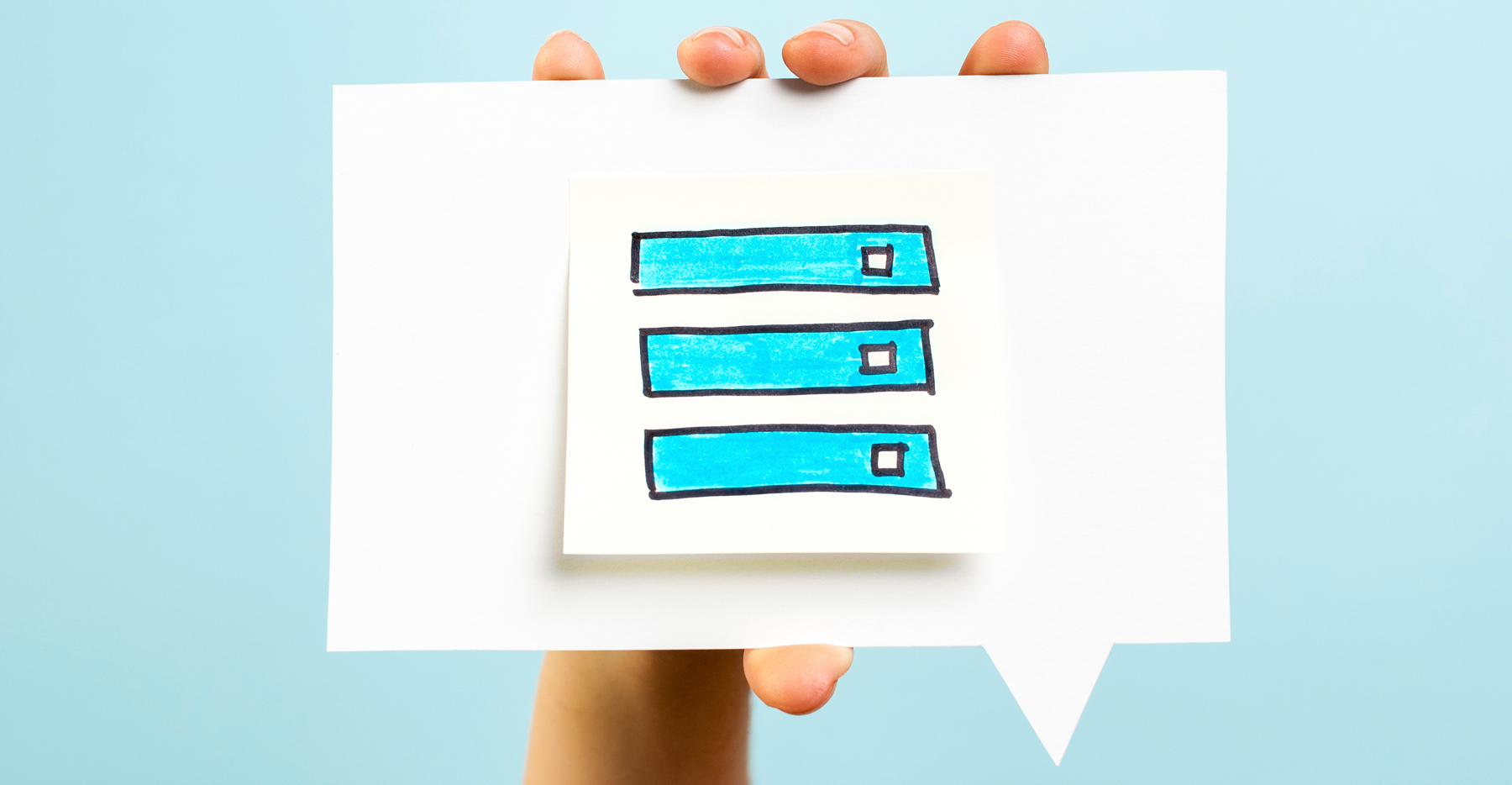
For many people, the idea of writing just the perfect to-do list seems very simple. However, once you get down to it you realize that perhaps it’s not as easy as it appeared at first. From multiple apps such as Evernote, Wunderlist, and Any.do to even keeping a bulletin journal, I have personally tried them all. However, even with all this trial and error, I realized that there was something that actually worked for me and that’s The Ivy Lee Method. This is a basic method that restricts you to at most six things on your to-do list.
Writing a to-do list that works for you is an important part of accomplishing tasks each day. A study that was published in the Journal of Personality and Social Psychology noted that when we write the things we intend to do for the day, we are more likely to accomplish them. The study also noted that if the tasks on the to-do list are not accomplished, a feeling of guilt and self-loathing can be felt.

A to-do list will have things that we don’t like as well. But they are important things and they have to be done. So in essence, instead of looking at a to-do list as a way of planning to accomplish various task each day, look at it as a tool that actually enables you to get things done.
Below are three simple tips that you can use to write the perfect to-do list:
Divide Your List into Sections

Arranging your to-do list into sections will help you get more stuff done without too much stress. Robert Pozen, senior lecturer at the Sloan School of Management in MIT recommends three important sections to have on your to-do list. The first section must include events, meetings, and calls. The second section of the list should entail what you intend to do or accomplish in these events, meetings, and calls. Finally, create another section that covers things that are not included in the first two sections.
Combine Similar Tasks
When you are organizing your to-do list, ensure that tasks that are similar are done at the same time. In addition to this, tackle the harder task that requires more energy in the morning. For example, if you want to write a chapter in your book, this should be done in the morning when your energy levels are high. Simple tasks like opening your email and answering calls can be done in the afternoon.
Use the SUG Methodology
The SUG methodology is all about prioritization. The reason why we end up with so many things undone in our to-do list is simply because we don’t differentiate between important and unimportant things. The SUG methodology recommends that you ask yourself the following questions before writing your to-do list:
-How important is the task?
-How long will it take to complete that task?
-If I don’t act on the issue, will it get worse?
This will help you to effectively prioritize your tasks and get the most important things done first and move on with the rest.












